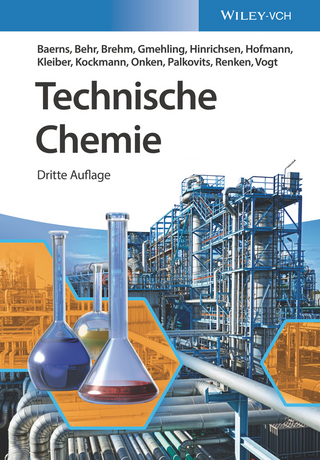
Vacuum Technique
Seiten
2018
CRC Press (Verlag)
978-1-138-38130-8 (ISBN)
CRC Press (Verlag)
978-1-138-38130-8 (ISBN)
Vacuum technology finds itself in many areas of industry and research. These include materials handling, packaging, gas sampling, filtration, degassing of oils and metals, thin-film coating, electron microscopy, particle acceleration, and impregnation of electrical components. It is vital to design systems that are appropriate to the application, and with so many potential solutions this can become overwhelming.
Vacuum Technique provides an overview of vacuum technology, its different design methodologies, and the underlying theory. The author begins with a summary of the properties of low-pressure gases, then moves on to describe mathematical modeling of gas transfer in the vacuum system, the operation of pumps and gauges, computer-aided synthesis and analysis of systems, and the design of different vacuum systems. In particular, the author discusses the structure and characteristics of low, middle, high, and superhigh vacuum systems, as well as the characteristics of joints, materials, movement inputs, and all aspects of production technology and construction standards.
Using specific examples rather than describing the various elements, Vacuum Technique supplies engineers, technicians, researchers, and students with needed expertise and a comprehensive guide to designing, selecting, and using an appropriate vacuum system for a specific purpose.
Vacuum Technique provides an overview of vacuum technology, its different design methodologies, and the underlying theory. The author begins with a summary of the properties of low-pressure gases, then moves on to describe mathematical modeling of gas transfer in the vacuum system, the operation of pumps and gauges, computer-aided synthesis and analysis of systems, and the design of different vacuum systems. In particular, the author discusses the structure and characteristics of low, middle, high, and superhigh vacuum systems, as well as the characteristics of joints, materials, movement inputs, and all aspects of production technology and construction standards.
Using specific examples rather than describing the various elements, Vacuum Technique supplies engineers, technicians, researchers, and students with needed expertise and a comprehensive guide to designing, selecting, and using an appropriate vacuum system for a specific purpose.
Professor L N Rozanov is Head of the Department of Information Machinery Technology of St Petersburg Technical University. His research interests include adsorption pumps, leak detection and computer-aided design of vacum systems.
Introduction. Properties of Gases at Low Pressures. Theory. Measurement of Vacuum. Mechanical Methods of Vacuum Production. Physico-Chemical Methods of Vacuum Production. Analysis of the Vacuum Systems. Design of Vacuum Systems. Construction of Vacuum Systems. Problems. Reference Tables. Appendix. References. Index.
| Erscheinungsdatum | 21.01.2019 |
|---|---|
| Verlagsort | London |
| Sprache | englisch |
| Maße | 178 x 254 mm |
| Gewicht | 453 g |
| Themenwelt | Naturwissenschaften ► Chemie ► Technische Chemie |
| Naturwissenschaften ► Physik / Astronomie ► Thermodynamik | |
| Technik ► Elektrotechnik / Energietechnik | |
| Technik ► Maschinenbau | |
| Technik ► Umwelttechnik / Biotechnologie | |
| ISBN-10 | 1-138-38130-6 / 1138381306 |
| ISBN-13 | 978-1-138-38130-8 / 9781138381308 |
| Zustand | Neuware |
| Informationen gemäß Produktsicherheitsverordnung (GPSR) | |
| Haben Sie eine Frage zum Produkt? |
Mehr entdecken
aus dem Bereich
aus dem Bereich
erneuerbare Energien und Speichertechnologien für die Energiewende
Buch | Softcover (2023)
De Gruyter Oldenbourg (Verlag)
69,95 €
Daten, Formeln, Normen, vergleichende Betrachtungen
Buch | Softcover (2024)
Europa-Lehrmittel (Verlag)
38,90 €


